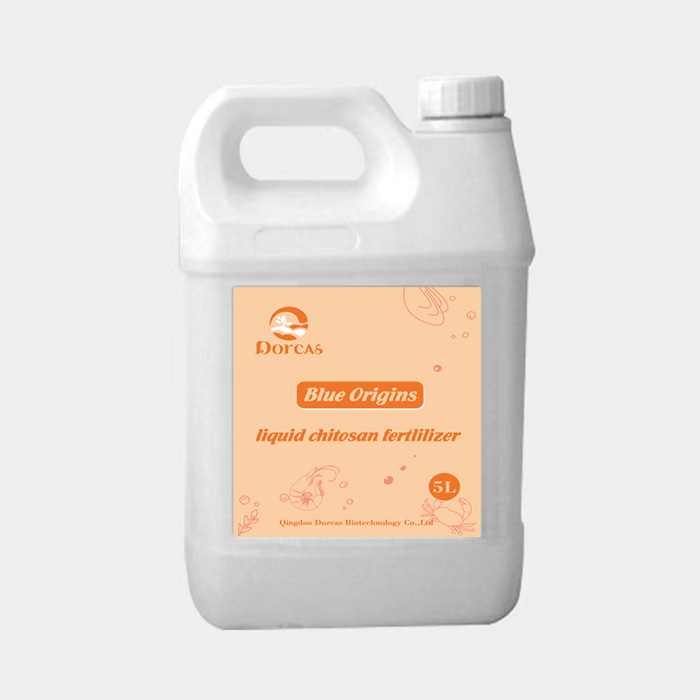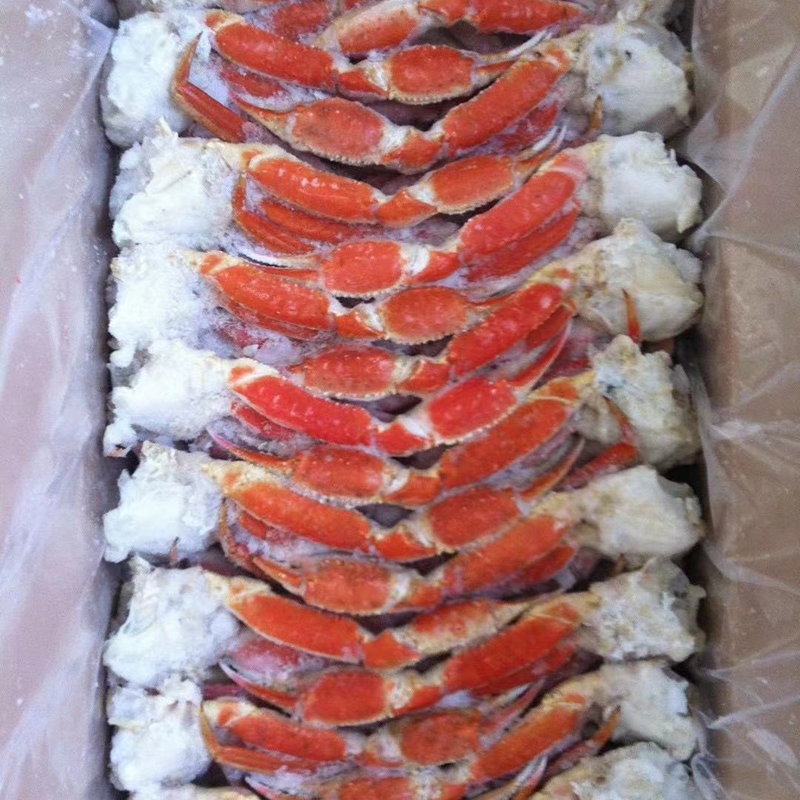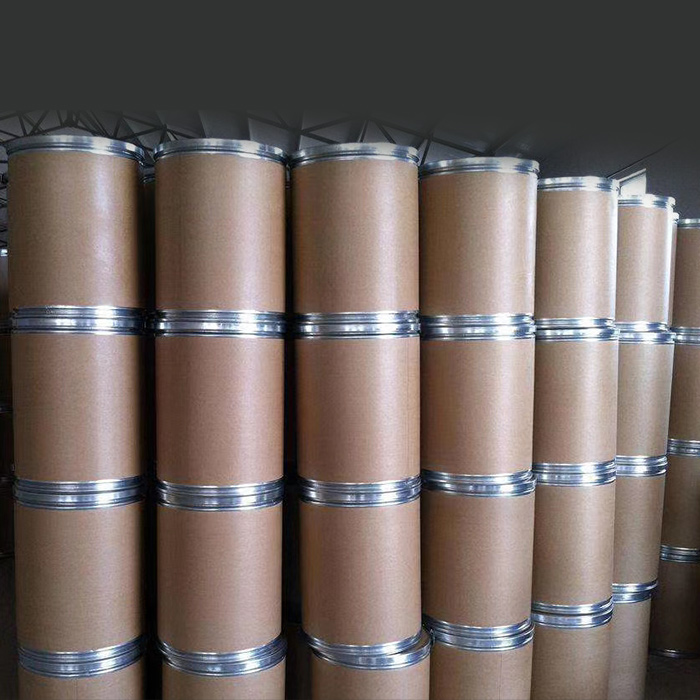Most plant nematode diseases have no obvious specific symptoms. They are similar to element deficiency in the field, mainly characterized by weak plant growth, short and yellow, and decreased yield. Nematodes can not only harm plant roots, but also waste the stems, flowers and seeds to be harvested. The typical symptoms of plant nematode diseases can be divided into aboveground and underground. Among them, the aboveground part is mainly characterized by leaf distortion (Narcissus, strawberry, rice, etc.); Stem swelling, distortion and decay (coconut, potato, sweet potato, etc.); The flowers change color and decay, the inflorescence becomes shorter, and the sterile florets increase (chrysanthemum, etc.); The seeds do not form starch (wheat, etc.), and even the whole plant dies (pine, etc.). The underground symptoms are mainly root knot (cucumber, peanut, citrus, etc.) and root necrosis and decay (banana, etc.). These seemingly common disease symptoms often make growers take it lightly and think that spraying pesticides will be done. However, nematodes can not be killed, and no amount of investment is in vain.
It is difficult to control nematode disease in the late stage of onset, so prevention should be the main way. Water contaminated by nematode eggs and farm tools can become media. At the same time, if the daily planting management is not standardized, it will also become an "accomplice". Inadvertently bringing the soil, seedlings and farm tools from the infected area to healthy plants can lead to the rapid spread of the disease. Therefore, before planting crops, the land should be treated and disinfected by drying, fumigation, stuffy shed, mixing tea withered and lime. The frozen soil in Northeast China also has a similar effect. If it is possible to add microbial killing organic fertilizer after disinfection, the key is to strictly control the water source and agricultural tools, and ensure the disease resistance and disease-free of seedlings and seeds.
Chemical control is still the main control method, accounting for more than 80% of the total control methods. The commonly used avermectins are triggered nematicides, which have fast nematicidal speed and low dosage. However, they are easy to be adsorbed by soil aggregates in the soil and quickly degraded by microorganisms. The advantage is that the pollution is small, but the disadvantage is that the effective period of defense insects is short. They can only kill nematodes in the rhizosphere soil, which is ineffective for invading plant roots. In addition to contact killing, thiazophos can also be absorbed and transmitted to plants to kill nematodes in roots, but excessive dose will burn roots. Generally, the combination of Abamectin and thiazophos can complement the efficacy and avoid insect resistance. Chitin, which can induce crops to produce chitinase, is often combined with them. Chitinase can decompose chitosan oligosaccharides and dissolve nematode walls and egg shells.


